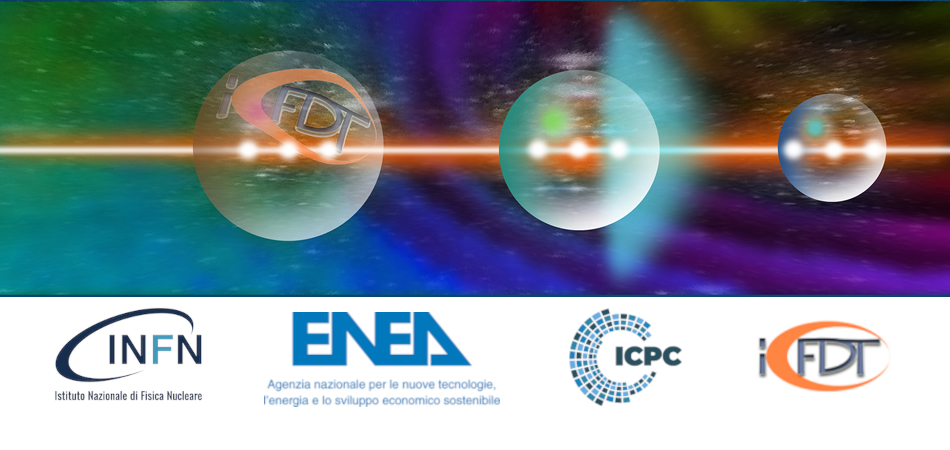Speaker
Description
Helimak is a plasma experimental device with a helical magnetic field and a toroidal vacuum vessel. The structure of Helimak is similar to that of a tokamak, which make it possible to simulate a tokamak-like in-vessel environment. Low operating costs make it a validation platform for wall conditioning technology of fusion devices.
Microwave reflectometry is a widely used plasma density diagnostic on tokamaks. To obtain the plasma parameters of Helimak, microwave reflectometry was proposed to measure the plasma density distribution to supplement the measurement of the Langmuir probe. According to simulated distribution of plasma density and magnetic field, the characteristic frequency distribution of Helimak plasma is shown in Figure 1. The left-hand cutoff frequency (fL) of extra-ordinary mode (X-mode) is too low, and the cutoff frequency distribution of ordinary mode (O-mode) is too flat. The right-hand cutoff frequency (fR) of X-mode is chosen as probing frequency, which is from 2GHz to 4.5GHz. For Helimak, we are interested in its density distribution near the wall of the vacuum vessel. In order to reduce the difficulty of system construction, the frequency span should be avoided to be too large, so the working frequency band of the microwave reflectometry is determined to be 1.7~3.7 GHz.
The microwave reflectometry is divided into two subsystems, responsible for signal generation and reception at 1.7-2.6 GHz and 2.6-3.7 GHz respectively. The microwave reflectometry uses a Frequency Modulated Continuous Wave (FMCW) transmitter and a superheterodyne receiver. The core of the transmitter is a voltage controlled oscillator controlled by an arbitrary waveform generator. The generated signal is transmitted after single-sideband modulation and power amplification. In the receiver, the received signal is mixed with the reference signal and demodulated by the IQ detector to finally obtain the analytical signal.
Currently, the system design and circuit construction work has been completed. The system bench test is currently underway, and it will soon be installed on Helimak for experimental testing.

